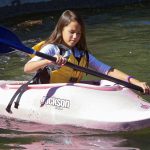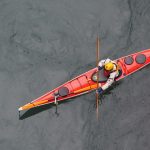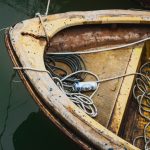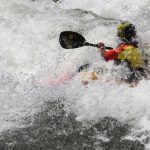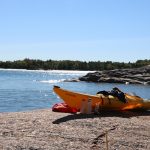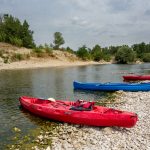In this article, we’ve got all the information you need to decide on the optimal kayak size. Discuss kayak sizes like a pro!
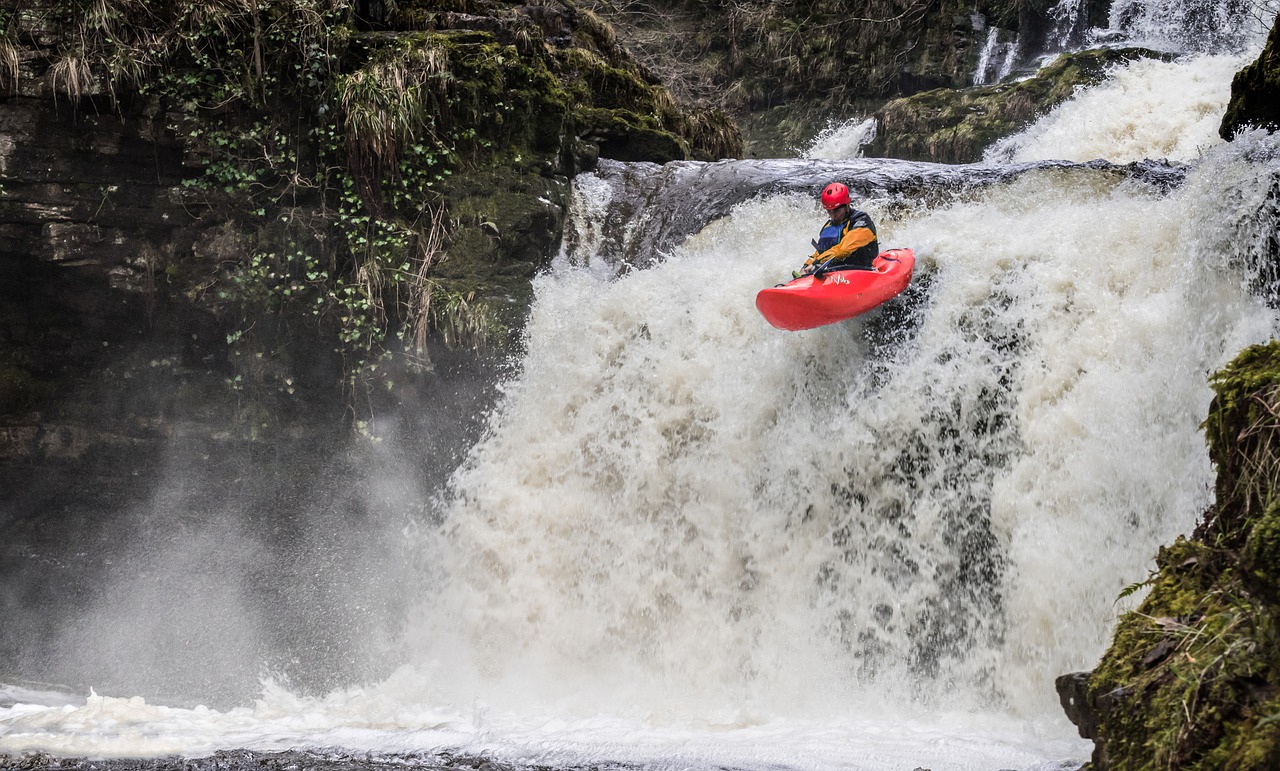
Safety first.
We want to kayak as much as possible, which means having the ability to go back out kayaking again, and again, and again.
Know Before You Go
Most of our safety considerations come down to a simple step; planning.
When you fail to prepare, you prepare to fail.
Without planning, we go into our kayaking trip blindly and without purpose. Our plan may take less than five minutes and may happen in our heads. Alternatively, we may spend six months planning an adventure to the finest details before setting off on a month long adventure.
The Five ‘W’s
These five questions often run through our head without us even realising, and underpin a lot of our pre-trip decision making. Taking a few minutes before each trip to think about these may guide us into making much better, safer decisions on the water.
Who?
Who are we going kayaking with? Is it our family, or friends? What is their ability and experience?
If we already know where we’re going, and what we’re doing, who is it safe to invite on the trip?
What?
What are the specifics of our trip? Are we going on flat water, or a long trip through choppy seas?
Are we going out with a specific purpose, like fishing? If so, what kit do we need for that sport?
When?
Is it summer, or winter? What’s the weather doing tomorrow when I want to go?
What time of day am I going? Is it likely to get dark while I’m on the water? What time is sunset?
How long do I have to plan my trip? Am I going in five minutes, or a year?
Where?
Do I know the piece of water I’m going kayaking on, or do I need to do some research on it?
What’s the weather and water temperature where I am going?
Is it even in the same country I’m in, or do I need to do some cultural research as well?
Are there any issues getting to the place I want to go, or accessing the water?
Do other boats use the water? Are we going to be in their way, or affected by their wake?
Once we’re on the water, are there environmental considerations to think about? Do we need to stick to the south shore for shelter, or can we cruise down the middle of the lake safely?
Why?
Why do we want to go kayaking? Obviously we enjoy kayaking, but why do we specifically want to go for this plan?
What motivates us and do we really want to do this, or is our hand forced by time, money or peers, when actually the conditions don’t really lend themselves to our trip, or ability?
Tell Someone Your Plan
Have an on the shore safety contact who knows your plan and is ready to act if you don’t return in time.
What Your Contact Needs to Know
An abbreviated version of your five ‘w’s, leave your contact details of:
Who is going kayaking, names and contacts.
What you are doing; specific information about types of kayaks can help narrow a search.
Where you are going, including get ons and get offs.
When you are going to be getting on and off, and when would be the time to notify any authorities.
Always remember to contact your shore safety
As soon as you’re all safely off the water, you should contact your shore safety and let them know.
Many searches have ended in the ‘casualties’ being found safe and well, having forgotten to tell anyone they’re off the water.
Safety On the Water
Our plan should mean that we’ve made safe decisions to get to the water and that our trip should have got off to a good start, but on the water, we need to make good decisions.
Always Wear Your PFD
We cannot emphasize this enough, but your PFD is your lifeline if you fall in the water. This should be the first thing in the car, and should go on as soon as you are around the water.
Your PFD needs to stay on throughout the day and should be regularly checked for wear or UV damage.
Dress to Get Wet
We covered this back in What to Wear While Kayaking. Knowing the weather and water temperature means we can make good decisions on our clothing and keep ourselves warm and safe, even if we do fall in. If the water is below 60°F, you’ll need a wetsuit or drysuit.
Always be ready for a capsize and have spare clothing with you, just in case.
Stick With Your Group
As a beginner, you should never be out on the water alone. This means that once you’re on the water, you should stay close enough to your group that you can help each other if someone gets into difficulty.
Kayaking is meant to be sociable, but if you’re really keen for a solo adventure, it’s best to wait until you’re an expert in your environment.
Stay Near the Shore
Similarly, if you’re a beginner, you should stay close to the shore. For a start, most interesting things happen on the shore and that’s where you’ll see a lot of wildlife. It also gives us a quick escape if it starts to get windy, or if someone falls in and needs to get to the side.
Keep Your Plan Fluid
The best laid plans of mice and men, and all that.
Kayaking takes place in an ever changing environment and sticking too rigidly to a plan can cause us to come unstuck.
Weather
This changes all the time and an unexpected squall of rain or wind can bring our trip to an early end, or worse. We should be watching the weather forecast right up to getting on the water, and watching for signs of change when we’re out there.
Time
We usually have an idea in our head of how long things take, and when we’re starting out kayaking that estimation is often very ambitious.
Time can seem to slip away while we’re on the water and what started as a feasible 5 mile journey can suddenly seem very unrealistic as the sun starts to set.
Wear a watch and keep an eye on the time. Change your plan if it starts to look unrealistic.
People
Even the most competent paddlers have off days. Keep an eye on your group and if someone seems to be struggling, consider whether your plan is still appropriate.
Safety Gear for Kayaking
These are things we should carry when we go out on the water, in addition to our PFD and clothing. These are aimed more at a journey than a shoreline splash around, but could be considered useful for either.
Means of Communication
Phone
If there’s good cell reception where you’re going, a mobile phone in a waterproof case can suffice. Phone batteries struggle in the cold and it can be a good idea to turn them off and save the battery for emergencies.
Having two phones on different networks can give you a better chance of finding signal.
VHF Radio
If you know you won’t have a phone signal, for example out on the sea, carry a VHF radio and know how to use it. These are really useful for getting hold of coastguards in an emergency.
Whistle
A much shorter range means of communication, but whistles have saved many lives. If visibility is low and you lose sight of your group, a whistle can help you regain them.
They can also alert other water users to your plight.
One blast of the whistle is used to get attention. Three means you need help.
If in doubt, keep blasting on the whistle until someone comes to get it.
Make sure your whistle works on the water! Those with ‘peas’ inside are often useless when wet.
Light
A flashlight or a head lamp with spare batteries, secured in a waterproof bag. If you get caught out, you can find your way in the dark, whether you’re still on the water, or on land finding your car.
Map
If you’re going on a journey, have a map and compass with you and know how to use them. This also allows you to change your plans on the go.
First Aid Kit
A simple first aid kit and some knowledge can go a long way on a journey.
Repair Kit
If your skeg line breaks and you need it to go in a straight line, your journey has suddenly become a lot more difficult. A simple repair kit of string, zip ties and duct tape has saved many journeys.
Spare Paddle
If you lose or break a paddle, then someone will need to be towed the rest of the way, or the trip is over.
A spare, split piece paddle can save a trip very quickly.
Spare Clothing and Food
We said it earlier, but having spare kit with us means someone can get out and get warm if they need to.
Spare food and a hot drink can also help perk up a group member if they’re struggling.
Make sure your clothing fits everyone; an XXL will fit a small member, but the other way round won’t work.


